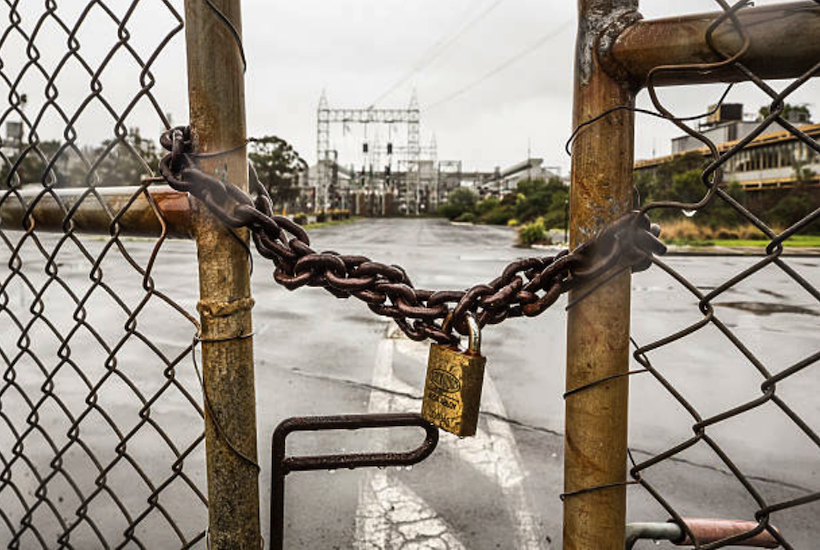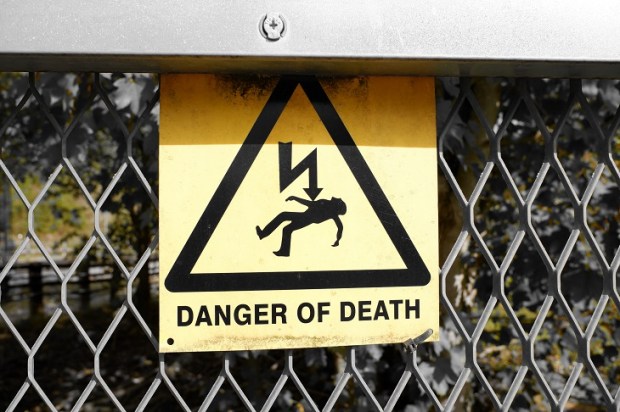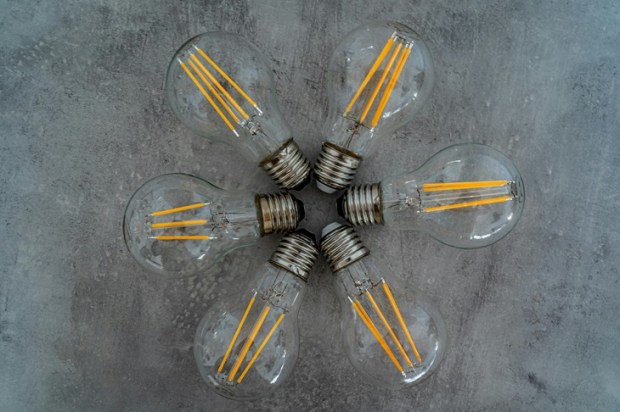Rio Tinto’s announced closure of its aluminium smelter in New Zealand due to uncompetitive power prices this week is a reminder of the vulnerability of Australia’s four remaining smelters, all of which face sharply higher prices courtesy of government energy policies. With energy costs comprising about a third of their total costs, smelters are industry’s bellwethers of future energy competitiveness and all four of Australia’s are on national suicide watch.
As a result of subsidies to wind and solar, these expensive and unreliable energy sources have caused high customer costs, both directly and indirectly, while also diverting the nation’s investment resources into avenues that actually damage the economy.
Commonwealth and state subsidies to wind and solar energy are running at just under $7 billion a year. $4 billion of these are as a result of requirements imposed on consumers by the Commonwealth’s Renewable Energy Target and its similar provisions for roof-top installations and measures taken by state governments. Some $2 billion of assistance to renewables comes from direct subsidies.
The effect of these subsidies is compounded by their forcing out of production lower-cost coal generators. As a result, prices are now double what they were three years ago, bringing the national damage to over $15 billion per year. The outcome is that from having the world’s lowest-cost electricity to we now suffer from being among the highest and our reliance on intermittent renewables has left supply increasingly precarious.
But it does not stop there. In order to accommodate the subsidised renewables, consumers are being required to spend vast sums to augment transmission links.
These expenditures are for two reasons. First, they are to allow the surplus from wind and solar during daytime peaks to be exported – a further subsidy to renewables. Secondly, they are to provide greater security for those regions, especially South Australia, which have become over-reliant on intermittent power, having jettisoned the in-state coal generators that provided stability and reliability. In addition, we are in the process of converting the magnificent Snowy and Tasmanian hydro systems into quasi-batteries that will, at a cost of 30 per cent of their output, simply offset the inherent unreliability and intermittent nature of wind and solar. The Tasmanian link is likely to cost over $2 billion and Snowy 2.0 will be far pricier than this.
At some future date, we will ask how this was allowed to happen. How did we as a nation not only acquiesce in but actually finance the demise of our energy industry?
Obviously, the great sales pitch from the wind/solar subsidy seekers is part of the answer. That pitch promised low-cost reliable electricity if only the government offered a few incentives as a bridge to this future. So also is the hysteria, on which the subsidy-seekers’ pitch partly rested, about global warming and the misinformation that this can be remedied by Australia abandoning the fossil fuels that still supply three-quarters of our electricity.
But a great deal of the blame must be sheeted home to the bureaucracy, especially Treasury formerly the gatekeeper of wasteful spending and the leader in combating other damaging proposals and policy stances. Forty years ago, under the legendary John Stone, the Commonwealth Treasury not only focussed on paring back ministerial spending ambitions but was also the leader in reducing regulatory imposts – which were at that time mainly in the form of import tariffs.
Gradually Treasury has metamorphosed. Treasurers themselves, with the notable exception of Peter Costello, have been incapable of resisting the green interventionist advice that they have been offered.
Today the Treasury is headed by people who are wedded to accelerating an “inevitable” replacement of fossil-fuelled electricity generation to one dominated by wind, solar or some yet to be discovered alternative. Secretary Steven Kennedy was the author of the notorious 2008 Garnaut report with its panoply of taxes and new spending levers designed to transform the economy. The two senior Deputy Secretaries, Jenny Wilkinson and Meghan Quinn have also spent over a decade pressing for carbon taxes and other interventions designed to push the economy in the directions they favour.
The coronavirus crisis offers an opportunity to turn back the tide before it engulfs the entire economy. Benefits include savings of over $2 billion in Commonwealth and state outlays presently wasted in direct support of renewables, a further $5 billion in regulatory forced transfers imposed on electricity customers and almost $10 billion in consequent increases in wholesale energy costs. In addition, there are the further outlays down the pike on new transmission lines and in converting the hydro schemes into renewable support facilities.
But the leading bureaucrats will not help in illuminating these opportunities and the Energy Minister is either incapable of persuading his colleagues to reverse course or he too is captive to the same environmentalist fervour.
Got something to add? Join the discussion and comment below.
Got something to add? Join the discussion and comment below.
Get 10 issues for just $10
Subscribe to The Spectator Australia today for the next 10 magazine issues, plus full online access, for just $10.


























Comments
Don't miss out
Join the conversation with other Spectator Australia readers. Subscribe to leave a comment.
SUBSCRIBEAlready a subscriber? Log in